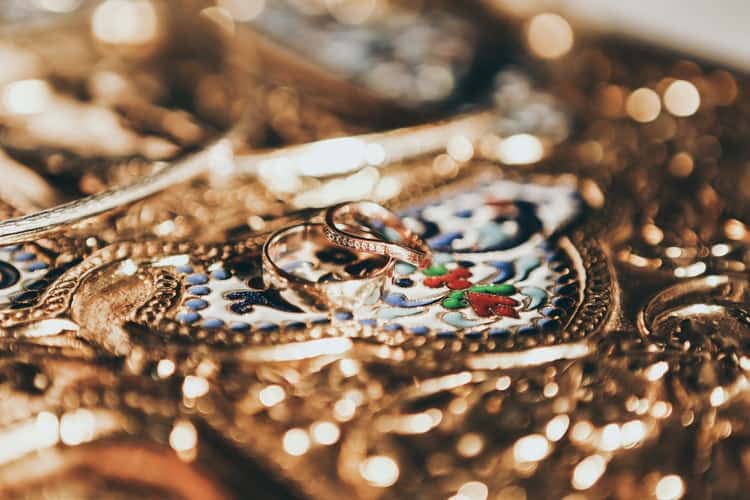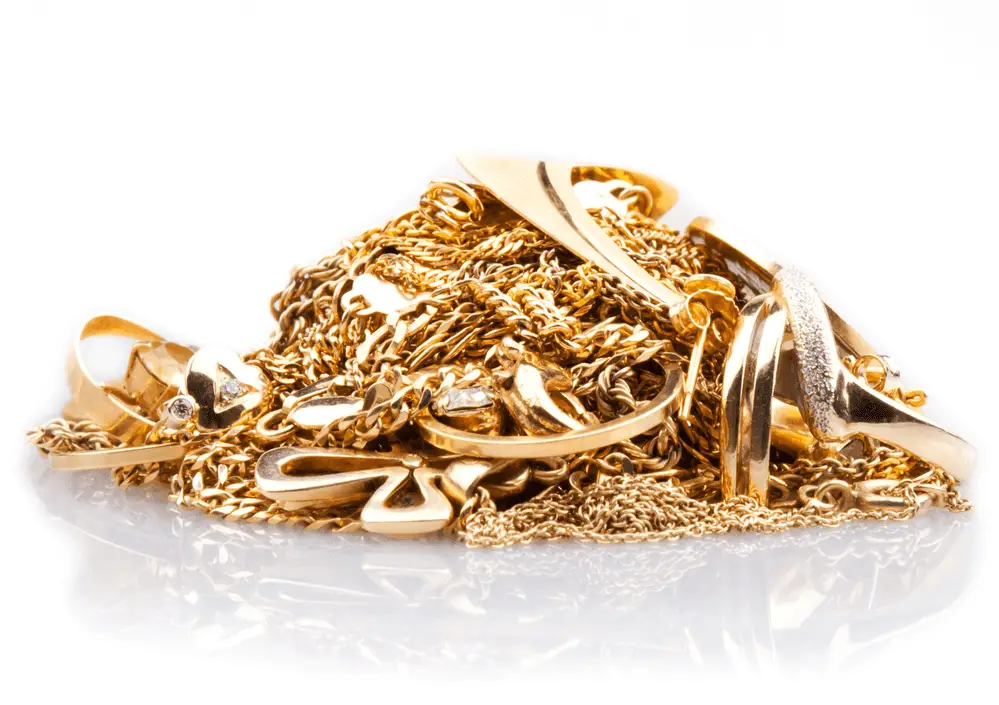Table of Contents
Through every economic downturn and an interval of prolonged stagnation in the market, the price of precious metals either stabilizes or increases creating a unique opportunity. Even during periods in which the economy is strong, precious metals are a profitable resource for corporations and individuals alike. Large banks and investment firms the world round are known to keep sizable gold reserves to counteract the possibility of a protracted bear market. For individuals, access to sizable collections of gold bricks is generally not on the radar, but profit through trading in precious metals is still an accessible strategy with scrap gold.
*This post may contain affiliate links. As an Amazon Associate we earn from qualifying purchases.
This is done by easing economic pressure brought on by unforeseen expenses or for splurging on yourself at the cost of unused old jewelry. This is when it’s important to be able to identify possible sources of scrap gold available to you and assessing them for value.
The measurements used to establish and verify the value of gold within an item are peculiar but fairly easy to work with once you have the appropriate information, all of which is contained in this article. Prospective sellers of scrap gold must first find an item made with gold; then they need to determine if the design of the item adds sufficient value to the item to preclude processing as a sensible option. If the item’s design adds minimal value, the gold in the item may be more valuable than the item itself.
Once the potential seller has decided the item in question is most valuable as scrap gold, the seller must find the approximate value of the item using the items weight, in pennyweight or troy ounces, and the purity, in karats. This calculation will yield an estimated value of which the buyer will typically pay between 60% and 80%. Scrap gold is gold in an item that is most valuable after refinement, value calculated based on weight and purity.
What Is Scrap Gold?
Scrap gold is any item made with gold to which the design or functionality is no longer intended to add value. For instance, jewelry made with gold can be melted down and the gold therein extracted. It is also possible to extract gold conductors from a variety of commonplace electronic devices. Obviously, the refinement process renders the design and functionality of the item worthless while maximizing the viability of the gold in the item on the open market. Potential sellers should be aware of antique jewelry in good condition may fetch a better price than the gold in the item if the design is valuable. On the other hand, items containing gold that is broken, in poor condition, or out of fashion may be more valuable as scrap gold than as unprocessed items.
How to Get Scrap Gold?
Most amateur gold dealers seek to cash in on the value of gold items they already own and no longer care for. This could come in the form of outdated jewelry, watches that have been broken beyond repair, any other ornamental items that have less sentimental value than cash value, or discarded electronic devices. If you intend to profit off a little trading in precious metals, start by searching your house for any gold items you have no use for. For the more ambitious aspirational precious commodity traders some more cavalier options are elucidated below.
Treasure Hunt
Many flea markets across the country trade in costume jewelry which is more or less worthless; however, if you don’t mind a Saturday morning spent searching through various displays of low-end jewelry, you will occasionally find a piece made of real gold. Provided you can keep your cool at the cash register; you will go home with real gold bought at costume jewelry prices.
The overhead costs for an operation of this type are minimal: you will need a small magnet, easily found at your local hardware store for a couple of dollars. This tool is important because real gold will not be attracted to a magnet while the cheap metals used to make costume jewelry will. When you evaluate cheap jewelry, simply hold your magnet up to it; if it doesn’t stick, buy it.

Disassembly of Electronics
Another option for amateur commodity traders willing to invest a little sweat equity for the sake of scrap gold can disassemble their old electronic devices or any unused electronic devices at his or her disposal. Computers, laptops, tablets, and cell phones all contain at least a small amount of gold used in the devices as a conduit. You can remove the gold conduits from any of these devices after which you can refine the proceeds yourself through a somewhat onerous chemical process or sell it as is for a much lower total yield.
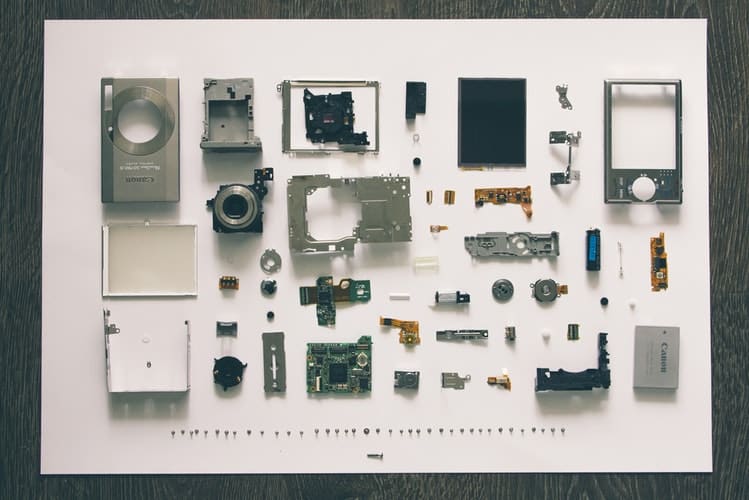
How Is It Valued?
Like any commodity, the price of gold varies in any chosen interval based on myriad market forces. Unlike other valuable commodities, gold retains and increases in value most when the broader economy is shrinking or stagnant, making it a tempting opportunity for traders seeking to circumnavigate the constraints of a bear market. The price of gold is determined by balancing the weight of gold against its purity. This process can be abstruse because the metrics for the weight of gold differ from standard measurements of weight and gold is rarely entirely pure in any commercial product.
Measurement by Weight
The two most common metrics used to measure the weight of gold are troy ounces and pennyweight, which is abbreviated “dwt.” One troy ounce is equivalent to 31.1 grams, and one pennyweight is 1.55 grams. The disparity between these two metrics is intentional as troy ounces are used to calculate the weight of larger amounts of gold while pennyweight is more useful when trading in small amounts.
The easiest way to determine the weight of your gold is to use a postal scale which will show the weight in grams. From there you can divide the number of grams by either 1.55 or 31.1 to calculate either pennyweight or troy ounces, respectively. This number reflects the total weight of the item but not the weight of gold in the item because an item is rarely pure gold.
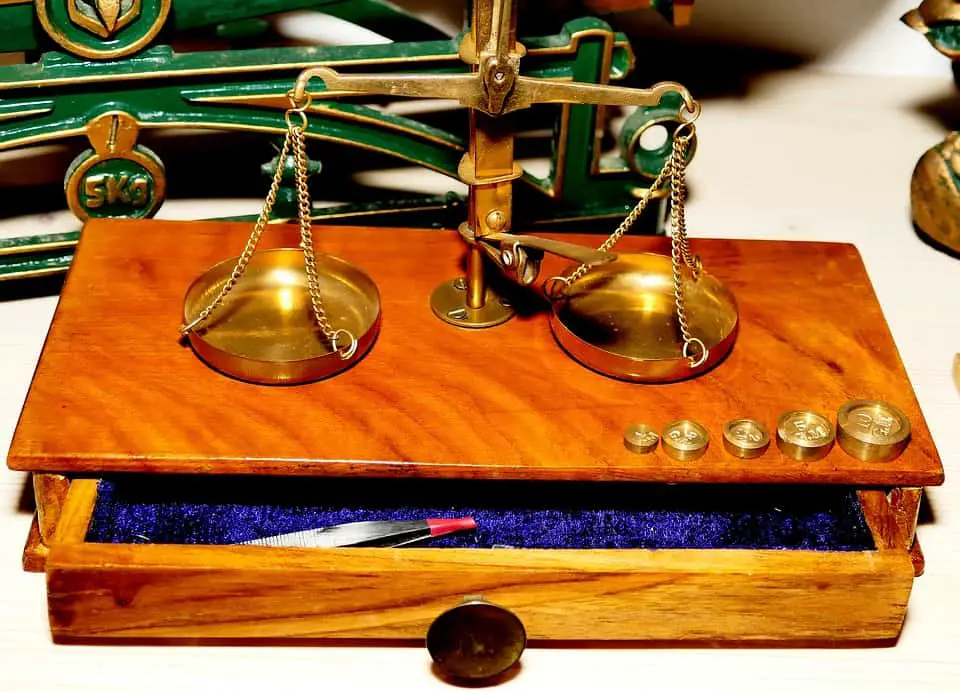
Measurement by Purity
Karats are the standard measurement for the purity of gold. Gold measured at 24 karats is pure although this level of purity is nearly unheard of and highly impractical for ornamental or conductive purposes. Most jewelry should bear a stamp indicating the level of purity in karats. If this is not the case, you can use a nitric acid kit to determine the purity of any gold item. Once you know the weight of a gold item and its level of purity, you can calculate the value with relative ease.
For instance, a gold item weighing 10 ounces is measured at 6.45 pennyweights (10/1.55=6.45). If this item is 18 karats, then it is 75% gold because 24 is pure and 18 is three fourths of 24 (18/24=.75). Now we can take the weight of the item (6.45) times the percentage of purity (.75) to get the weight of pure gold in the item (6.45 x .75=4.84) which is 4.84 pennyweights in this case. This figure can be easily compared to major indexes of the value of precious metals to determine the value of the item.
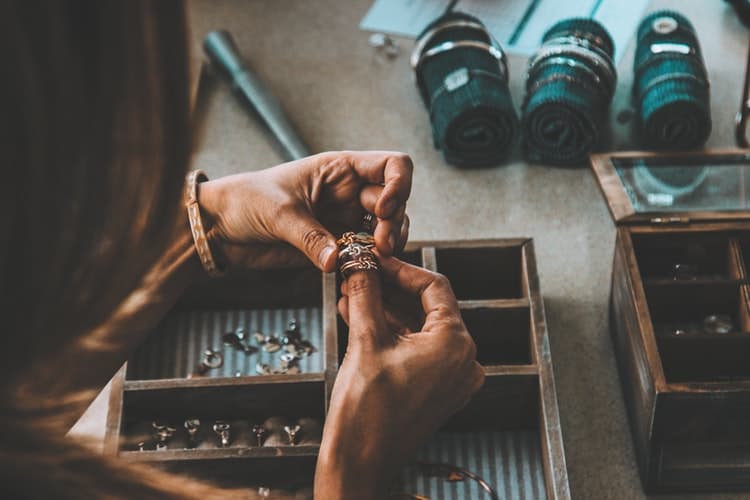
Resale Value
Once you have calculated the value of your gold item, you will want to find a buyer that offers a fair price. Major market indexes like Nasdaq maintain authoritative commodity value indexes which will tell you what your item is worth based on weight. Gold buyers typically send the items they purchase to a refinery where the gold is melted down, separated from whatever other metals are present in the item and reproduced as gold bricks with a standard level of purity.
The transportation and refinement costs incumbent upon this process are absorbed by the buyer; therefore, buyers typically offer between 60% and 80% of the total value of a gold item. Quotes between 60% and 70% are most common for small amounts of gold whereas prices between 70% and 80% are reserved for large amounts.
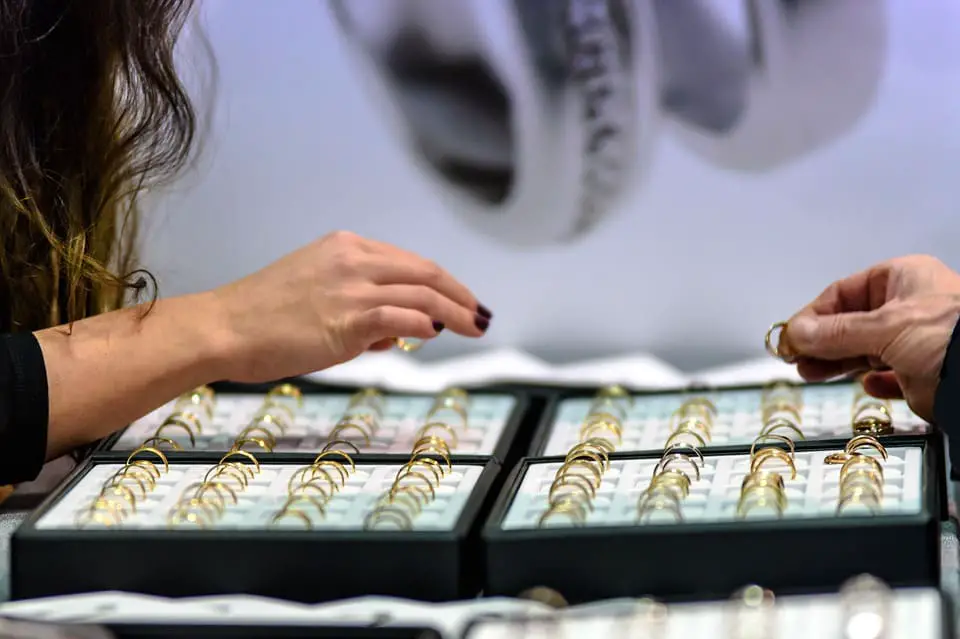
Conclusion
If you own an item or items that contain gold but are no longer valued based on design or function, you have an item that can be valued by determining the weight and purity of the item before selling the item as scrap gold. To find the weight of an item you wish to sell as scrap gold, you must find its weight in grams and then calculate the weight in either pennyweight or troy ounces, depending on the relative weight of the item. After determining the weight, you must determine the purity of the item which is measured in karats.
An item’s purity is usually stamped on some portion of the product. If this is not the case, you can use a nitric acid kit to determine purity. With the weight and purity identified, you can calculate the total amount of gold in the item and project its market value. When you finally go to sell, expect between 60% and 80% of the value indicated by market indexes.
